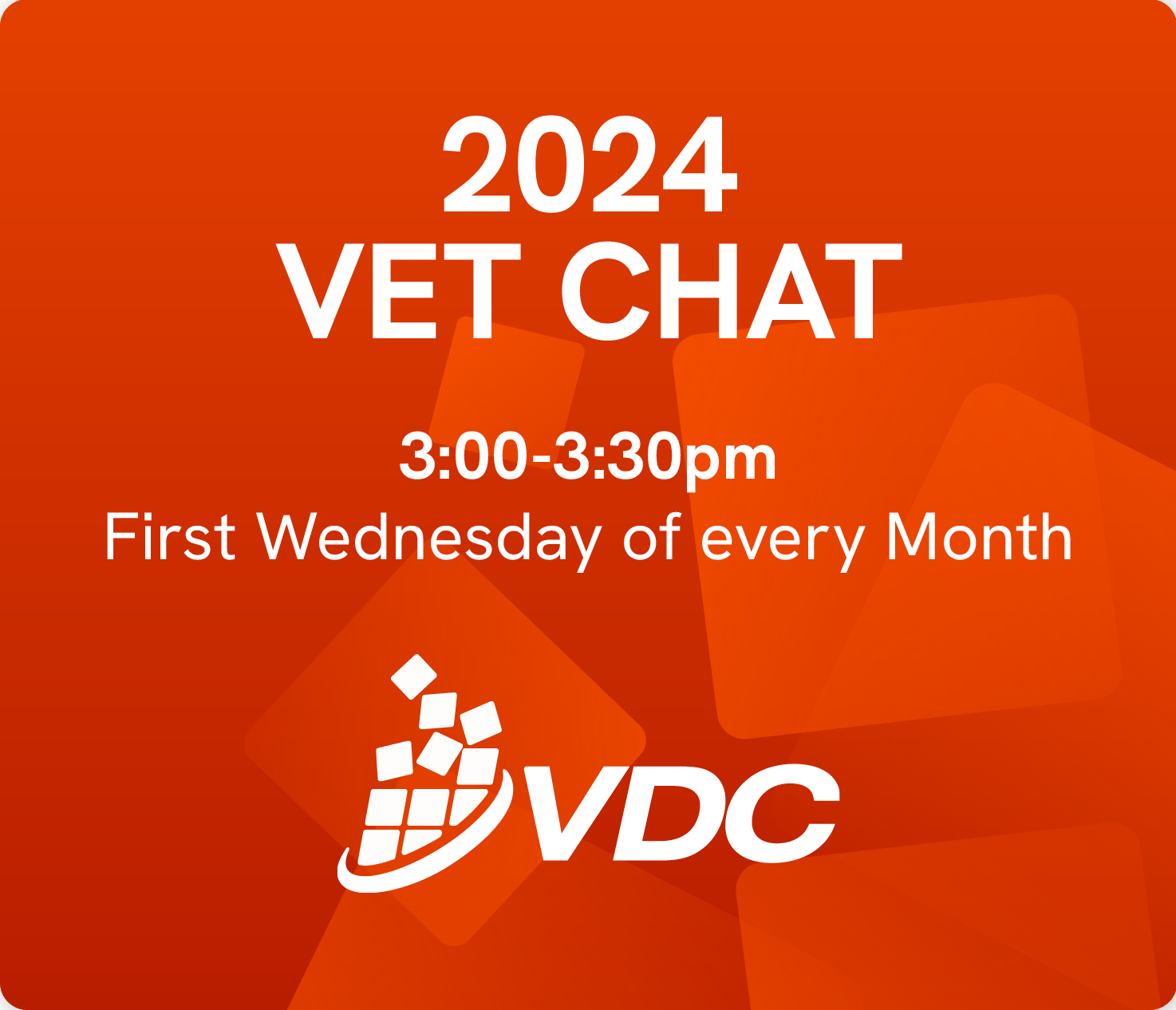In late 2022 the House Standing Committee on Employment, Education and Training began work on an inquiry into the perceptions and status of vocational education and training. This has now been completed and the final report has been tabled. You can access the inquiry’s webpage here, including the terms of reference, details of public hearings and submissions, media releases and a copy of the final report.
The media release related to the final report notes that “many people do not fully understand the VET sector or the careers to which it leads, and many still consider VET a less valuable or rewarding pathway compared to university.” However, “information and marketing efforts will not on their own be sufficient to address negative perceptions of VET.” As the Committee’s chair Lisa Chesters said:
“Tangible improvements to the sector must also be made to ensure the quality and relevance of training, and that the sector is subject to robust regulatory, governance, and funding arrangements.”
Key findings
First, better information and promotion is needed: The report notes that “current and prospective VET students (and other key stakeholders) require clear, accurate, reliable information on the VET sector to inform decision-making. While information on the VET sector is available … it is fragmented across jurisdictions, often inconsistent, and sometimes neither current nor relevant. Evidence indicates that making additional information available on student and employer satisfaction, completion rates, and salary outcomes—would be of significant value.”
In addition, “marketing the VET sector to current and prospective students [better] will also be critical to dispelling negative perceptions about the sector and responding to current and future workforce and skills needs.” Governments “should collaborate on large-scale promotional campaigns, diffused through multiple channels at national, state, and local levels. These should highlight the value of VET careers and the different pathways into the sector and target various cohorts.”
Second, address issues in VET in secondary schools: It’s suggested that, “schools must do more to promote VET to students. This includes providing relevant, accessible, consistent information on VET and associated careers and promoting VET and university as equally valid post-school options.” In addition, “quality, structured careers education is crucial to informed decision-making about post-school pathways.” Finally, the quality of VET delivered to secondary school students (VETDSSS) is critical to perceptions of VET in the school system and to shaping students’ decisions about post-school pathways. It is very concerning that the nature and quality of VETDSSS varies between schools, as does the extent to which VETDSSS is valued. Thus, better collaboration between schools, VET providers and industry is proposed. However, this is being “undermined by a shortage of qualified VET educators stemming from a shortage of educators in the VET sector, limited school resources, and failures to adapt teaching qualifications to vocational education.”
Third, look hard at VET’s training and qualifications: The report notes that “there is a prevailing view that the VET sector often fails to equip graduates with relevant skills and does not keep pace with rapid developments in technology. This is a particular concern for the development of Training Packages, which typically require multiple approvals by separate government entities. While it appears that the ongoing process of skills reform is likely to address at least some of the concerns in this area, additional measures should be implemented to enhance the speed at which training can be delivered to market and improve its relevance.”
In addition, it’s proposed that “measures must be implemented as a matter of urgency to address gender discrimination in VET pathways and significantly lift women’s participation in the sector—including in specific pathways such as apprenticeships and in traditionally male-dominated industries.” Moreover, it’s proposed that more attention need to be given to micro-credentials and the attraction and retention of suitably qualified VET educators. Initiatives might include “improving pay and conditions, exploring alternative entry pathways into teaching, and reducing financial and administrative burdens associated with ‘default’ entry pathways.”
And finally, operation, governance and funding: This includes addressing the challenges that marketisation brings “if the sector is to be effective in delivering high-quality training and education that keeps pace with a dynamic and evolving labour market.” The report proposes that while a diversity of provider types is needed, it must have a strong public core. The Committee proposes “enhancing and streamlining regulatory arrangements, as well as refocusing regulation on lifting the quality of training.”
A whole-of-tertiary-system approach, with greater integration between VET and higher education is proposed. “However, these processes do not appear to have resulted in a comprehensive roadmap to a genuinely integrated tertiary sector. A roadmap should be developed, including integrated funding arrangements, a clear framework for qualifications and training pathways, and streamlined regulatory and governance arrangements.”
Enhancing the quality of the student experience is also needed the Committee suggests, including more and better student support. In addition, it’s noted that “lifting investment in the public VET sector and improving the coordination of investment in skills is a welcome addition to the education and training policy environment.”
However, the report points out that:
“it is unclear whether this process has focussed sufficiently on improving the consistency of fees and subsidies for VET courses across jurisdictions. There would be merit in exploring options to align subsidies and fees insofar as possible. There would also be value in reviewing the VET Student Loans (VSL) scheme and investigating its relationship with Fee-Free TAFE.”
The recommendations
The Committee has made 34 recommendations in this report which aim to address negative perceptions of the VET sector and enhance the quality of and access to VET. As the final report notes, these include:
- Significantly overhauling the functions of the National Careers Institute
- Campaigns to promote VET and VET careers via a variety of channels to diverse audiences.
- Promoting VET in secondary schools and reducing reliance on the Australian Tertiary Admissions Ranking (ATAR) as the primary measure of success in secondary education.
- Developing a national careers education strategy for secondary schools.
- Improving VETDSSS via cooperative partnerships and employers and increased school funding.
- Rationalising development and implementation of VET qualifications and units of competency.
- Addressing systemic barriers to women’s participation in VET, with a focus on eliminating gender-based violence and workplace discrimination and challenging gender stereotypes.
- Enhancing apprenticeships, including by piloting a network of industry-led apprenticeship support providers, lifting pay and conditions for apprentices, and exploring new apprenticeship pathways.
- Creating a robust framework for developing, implementing, and funding micro credentials.
- Ensuring that the VET Workforce Blueprint contains measures to attract and retain qualified VET educators with industry expertise and a greater range of pedagogical competencies.
- Improving the quality of and access to facilities and supports available to VET students and staff.
- Defining a clear roadmap to a genuinely integrated tertiary education system.
Thus, none of the report from this key Committee is inconsistent with the messages in the array of other reports and documents we have highlighted in these pages for some time now. A quick look at past issues of VDC News will assure you, if you didn’t already know, of the consistency of this messaging. So maybe this time VET reform will succeed to a greater extent than ever before?








